Pete Syme/Insider
- Boeing's upcoming 737 MAX 10 is the MAX family's largest variant at about 144 feet long.
- The high-density plane will compete with the Airbus A321neo, but it has faced development problems.
Boeing's upcoming 737 MAX 10 is the largest of the single-aisle jet family and will compete with Airbus' A321neo.
According to the manufacturer, the next-generation jet offers "the lowest cost per seat of any single-aisle airplane," making it attractive for airlines looking for high-density narrowbodies that can replace costly widebodies on long-haul routes — especially between low-demand city pairs.
Carriers like United Airlines and Delta Air Lines have placed orders for the stretched jet, which can accommodate up to 230 people.
However, the MAX 10 has had a tough road to certification.
Boeing originally thought the plane would be certified by the end of 2022 after the MAX 8 and 9 were officially ungrounded in November 2020. However, the manufacturer has since pushed the timeline back to early 2024.
The delayed timeline is a result of components like the flight deck, the landing gear, and the angle of attack sensors requiring extra engineering to mitigate safety risks and meet federal requirements. Stricter documentation laws created after the MAX crashes have also delayed the process.
"We have done just about everything we could do, [and we] are close to getting FAA approval to start flying certification flights," Mike Fleming, Boeing's senior vice-president for commercial development programs and customer support, told FlightGlobal in May. "The airplane itself is performing very, very well."
Insider toured one of Boeing's MAX 10 testbeds at the Paris Airshow in June to learn more about the program, production, and the heavy modifications made to the plane. Take a look.
Powered by CFM International LEAP-1B engines, Boeing has three MAX 10 test aircraft, which have collectively flown nearly 850 flight hours across some 400 flights since June 2021.
Pete Syme/Insider
The planes are required for FAA certification to demonstrate the jet can safely operate in extreme events and weather conditions.
Boeing 737 MAX 10. Taylor Rains/Insider
And they have been pushed to their limits thanks to specialized equipment and monitoring systems fitted on the testbeds.
Pete Syme/Insider
This means you won't find any galleys or passenger cabins onboard. Instead, there is a lot of open space with seats surrounded by computers and hundreds of feet of wiring.
Pete Syme/Insider
Working the flights are a team of pilots and engineers, the latter responsible for monitoring the tests and collecting data.
Pete Syme/Insider
Several stations are set up with seatbelts, keyboards, and displays that feed information to the staff in real-time.
Pete Syme/Insider
Engineers will conduct a series of tests in one single flight, like how the plane performs with different centers of gravity.
Pete Syme/Insider
This is done by moving water forward and aft via large black tanks onboard the jet.
Pete Syme/Insider
Meanwhile, a large winch sits towards the back of the plane. According to a Boeing representative, it is equipped with a sensor on the end that extends out of the plane through the roof to measure air pressure.
Pete Syme/Insider
Engineers are also testing new interior concepts, including Boeing's new Space Bins that will carry more luggage and hopefully minimize gate checks.
Pete Syme/Insider
Other important tests involve the MAX 10's new cockpit systems — specifically an extra angle-of-attack (AoA) sensor and a way to turn off stall or overspeed alerts.
Boeing 737 MAX 10 test aircraft at the Farnborough International Airshow. Taylor Rains/Insider
The conditions for these two systems to be specifically on the MAX 10 goes back to the two MAX crashes in 2018 and 2019.
Investigators look through debris from the 2019 Boeing 737 MAX crash. Boeing's attorneys claim the plane hit the ground too fast for passengers to feel any pain. Jemal Countess/Getty Images
Both accidents were caused by flaws in something called the MCAS, which used erroneous data from faulty AoA sensors to trigger a stall alert and essentially forced the plane to nose dive.
The angle of attack sensor is seen on a 737 Max aircraft at the Boeing factory in Renton Reuters
Unfortunately, the indicator light that would alert the pilots to the faults didn't work due to a fleetwide software issue. Boeing knew about this issue in 2017 but didn't consider it a high-risk problem.
Pete Syme/Insider
However, after the disasters, the FAA acknowledged the oversight and mandated a new crew alert system be added to any aircraft certified after January 1, 2023.
Boeing 737 MAX 10 test aircraft at the Farnborough International Airshow. Taylor Rains/Insider
Because the rules only apply to new jets, Boeing's MAX 8, 8200, and 9 were safe. But, its uncertified MAX 7 and 10 would need a redesigned flight deck if they weren't certified by the December 2022 deadline.
Boeing 737 MAX 7 in Boeing livery. A Southwest 737 MAX 8, a Ryanair 737 MAX 8200, and an Alaska 737 MAX 9 sit behind. Taylor Rains/Insider
With expected certification pushed to 2024, Boeing sought a waiver because it needed its MAX planes to have common flight decks.
An American Airlines Boeing 737 Max cockpit. Business Insider/David Slotnick
An additional system would likely require extra pilot training, meaning current MAX pilots couldn't immediately jump into the new MAX variants.
Boeing's biggest 737 customer Southwest Airlines could have been impacted by this. Southwest Airlines
This is important because airlines don't want to pay for extra training, so Boeing could lose business without the waiver. Fortunately, the planemaker secured it in the 11th hour after heavy lobbying.
Pete Syme/Insider
But, it came with conditions — retrofitting the two aforementioned systems (the extra AoA sensor and a stall alert disengage) onto every MAX variant starting three years after the MAX 10 is certified.
Boeing 737 MAX 10 test aircraft at the Farnborough International Airshow. Taylor Rains/Insider
Complying with the FAA's request will ensure the MAX 10 is federally approved under the current MAX family umbrella, maintaining commonality with the other models.
Boeing 737 MAX jets, including Lion Air. Reuters
Plus, former NTSB chairman Robert Sumwalt pointed out that commonality between jets is important not only for costs but also safety because pilots are not confused from variant to variant.
Associated Press
But, the cockpit system isn't the only modification Boeing had to make to maintain consistency across its MAX fleet.
Pete Syme/Insider
During production, engineers found the 737 MAX 10's extra-long fuselage — which was extended to give airlines space for more passengers — was so long that it could experience a tail strike during takeoff.
Pete Syme/Insider
To combat this, Boeing created a compression system in the landing gear that adds nine inches of height to give the plane enough takeoff clearance.
Taylor Rains/Insider
But, to ensure the jet's gear maintained commonality with its MAX counterparts, Boeing had to create something called a "shrink link" to store the gear in flight.
Taylor Rains/Insider
This mechanism helps the extended gear retract properly so the entire system can still fit into the same wheel well that is on the rest of the MAX variants.
Taylor Rains/Insider
For Boeing, this — as well as getting the waiver for the cockpit — is extremely important from a business standpoint.
Pete Syme/Insider
Without the heavy modifications, the MAX 10 could teeter on becoming its own standalone plane, requiring Boeing to endure a longer and more complex certification process.
Pete Syme/Insider
And, to re-emphasize, airlines favor commonality between aircraft types because it saves time, money, and resources. Boeing would be in hot water if it lost that advantage.
Pete Syme/Insider
But, history suggests that Boeing's fixes could create new problems. However, the planemaker has maintained confidence in MAX 10's safety and design.
xPete Syme/Insider
"There have not really been any considerable technical issues associated with the changes we have made to these airplanes [that] have created schedule problems for us," Fleming told FlightGlobal in June. "It is really just about getting the documentation."
Pete Syme/Insider

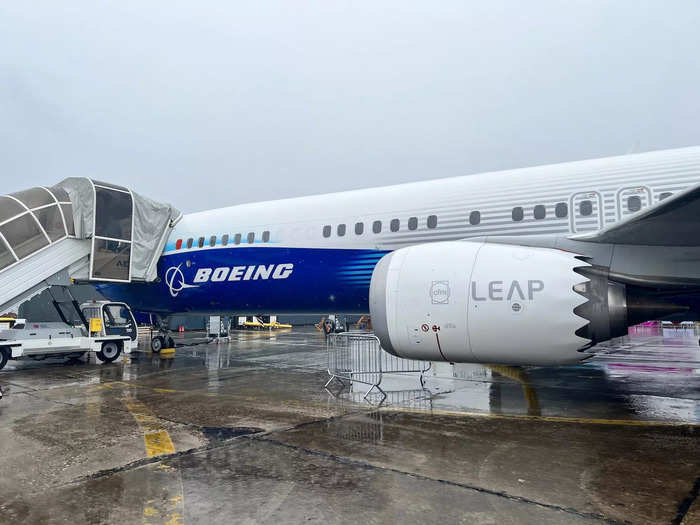
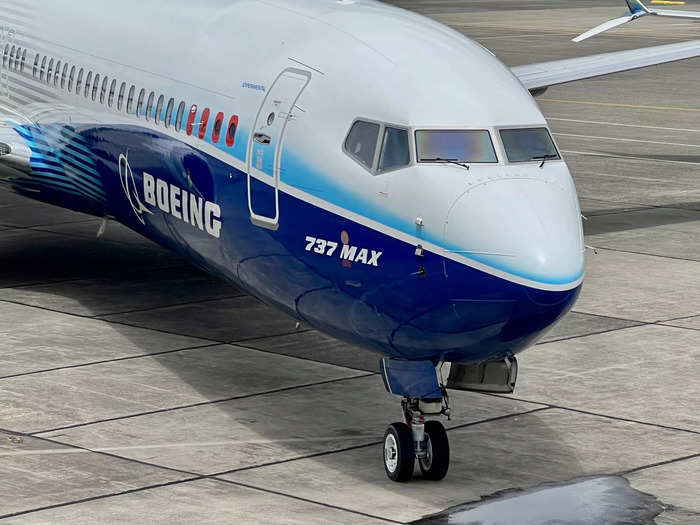
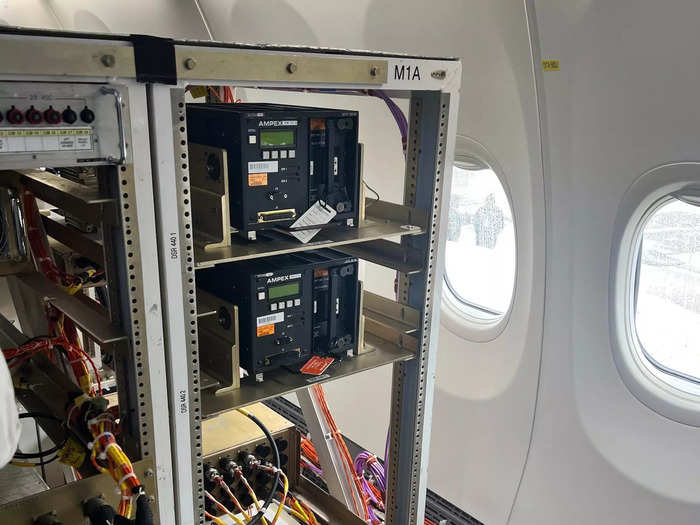
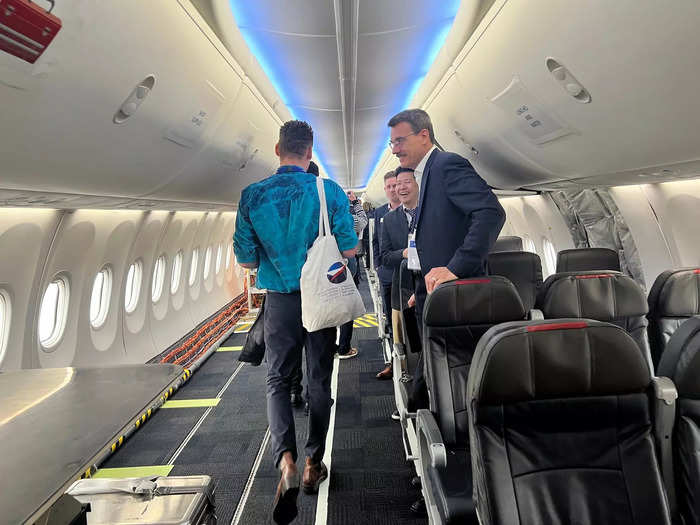
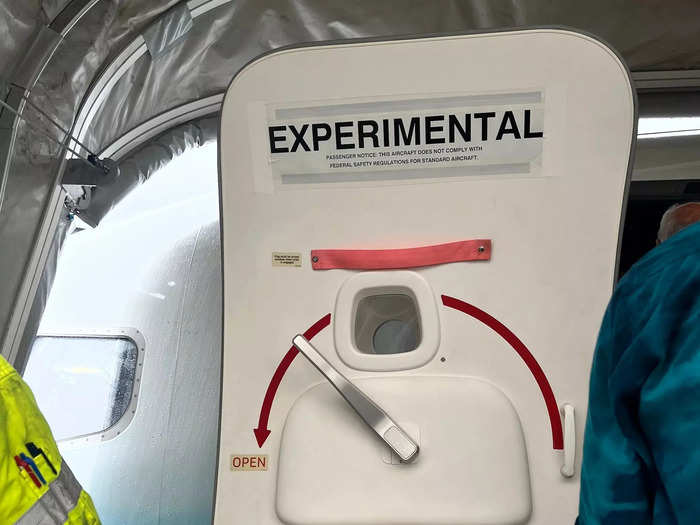
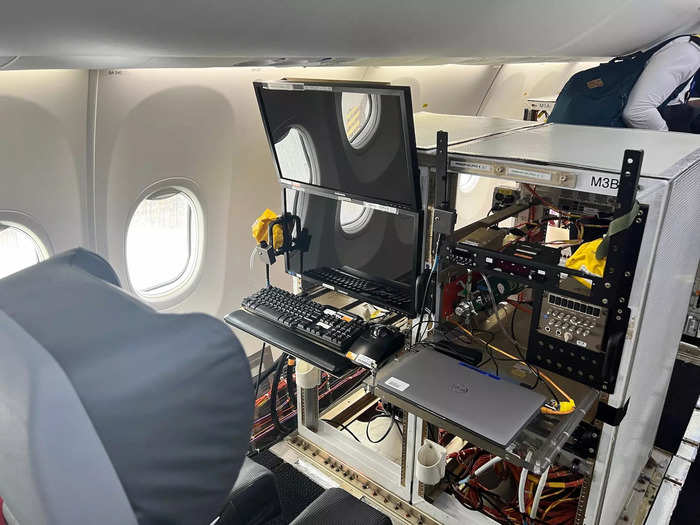
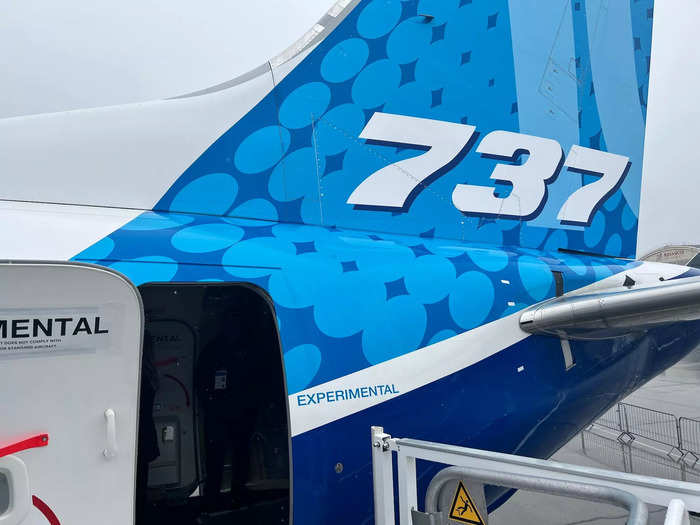
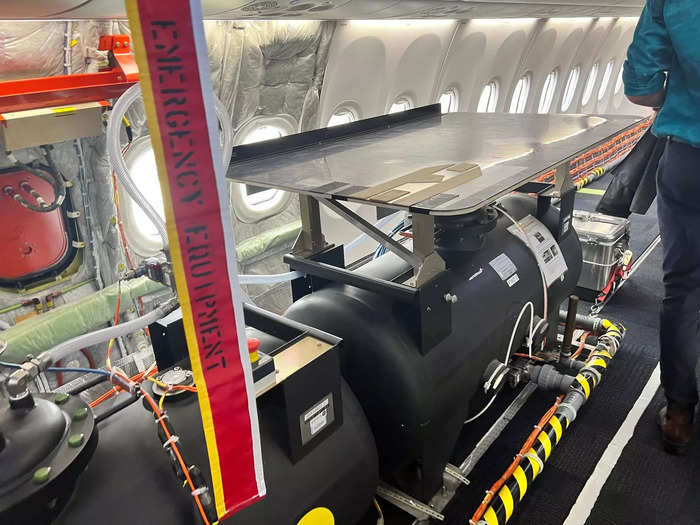
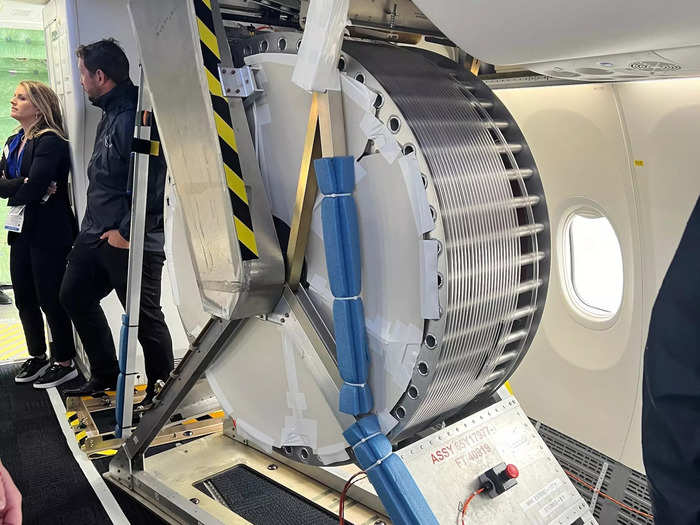
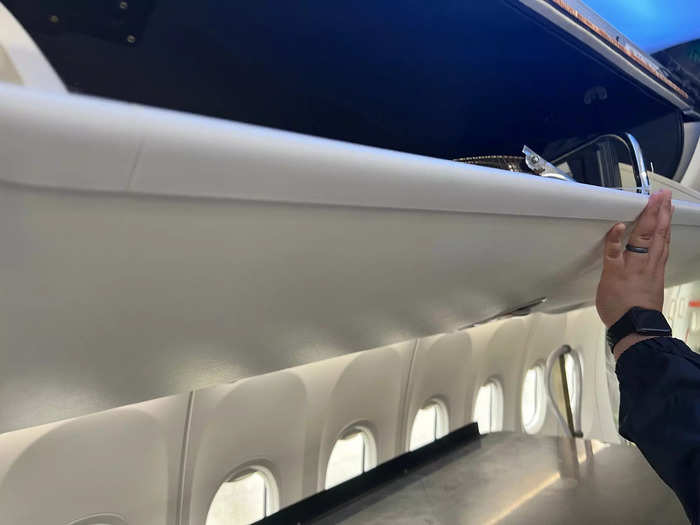

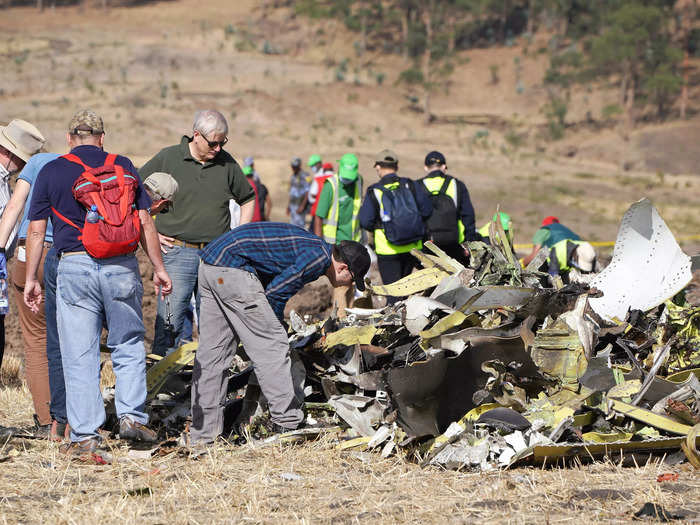

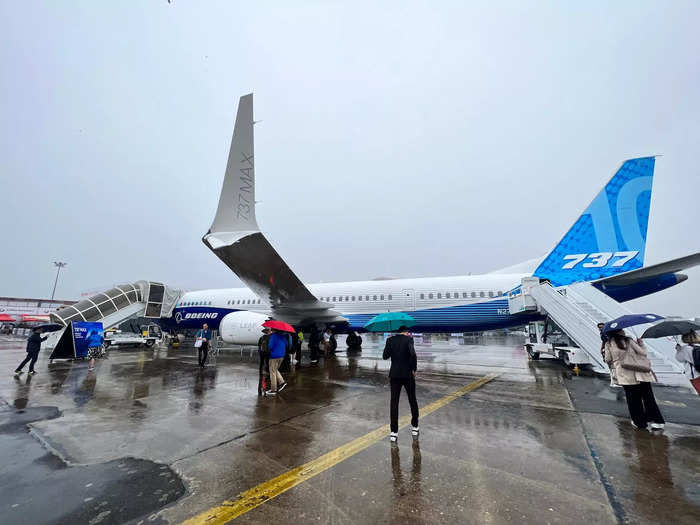
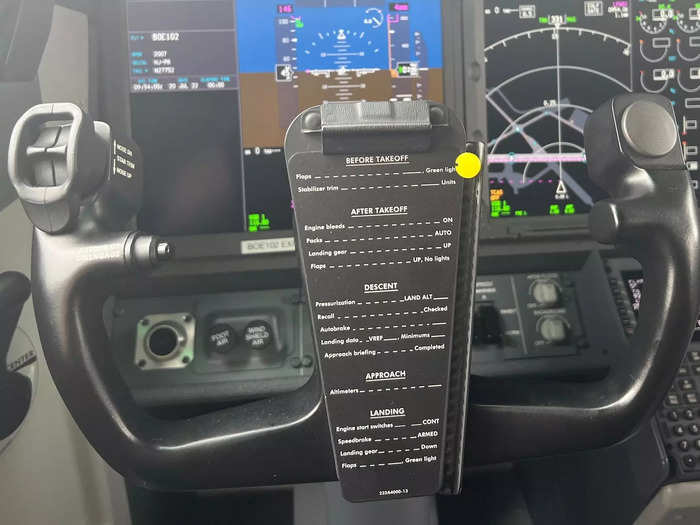
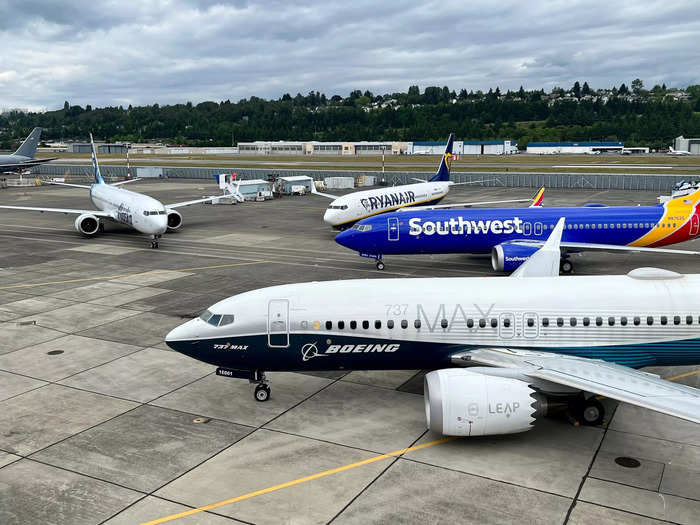
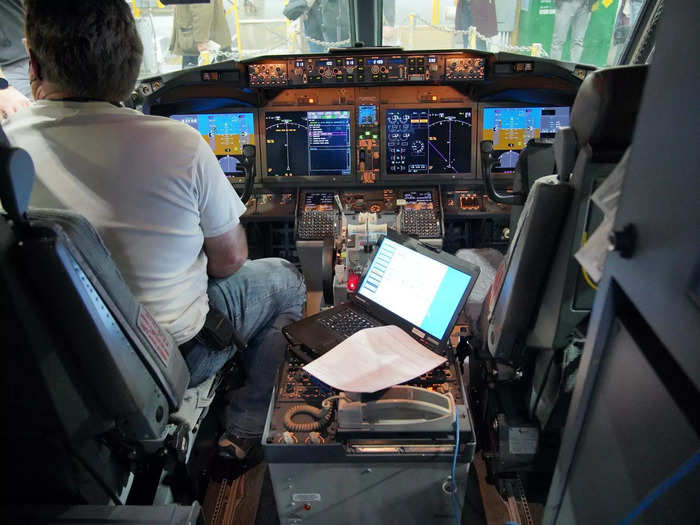
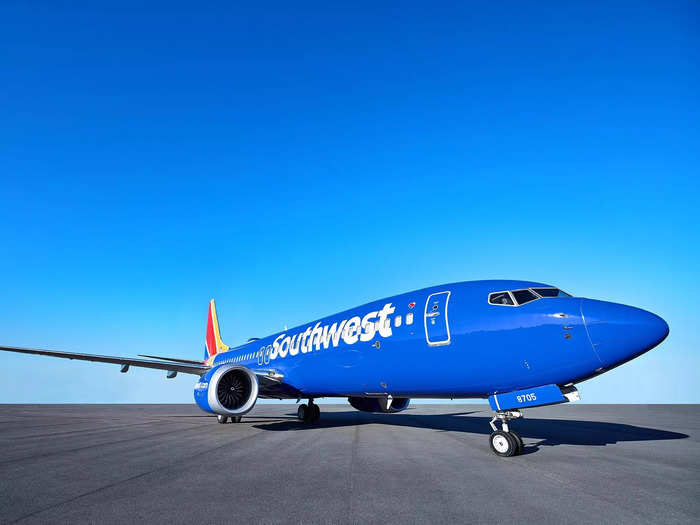
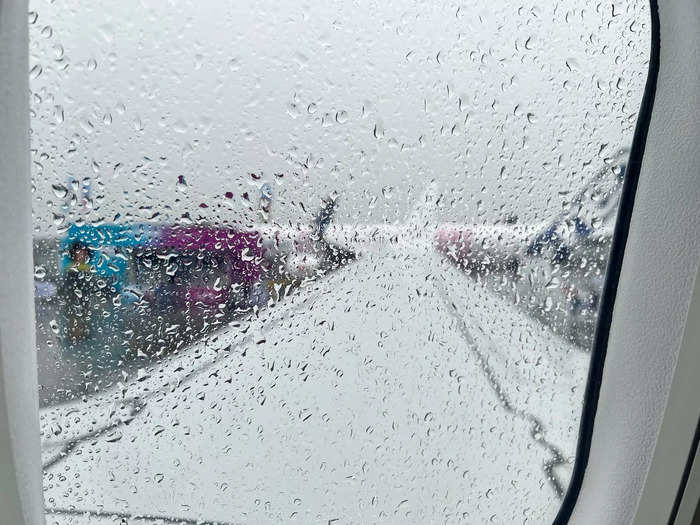

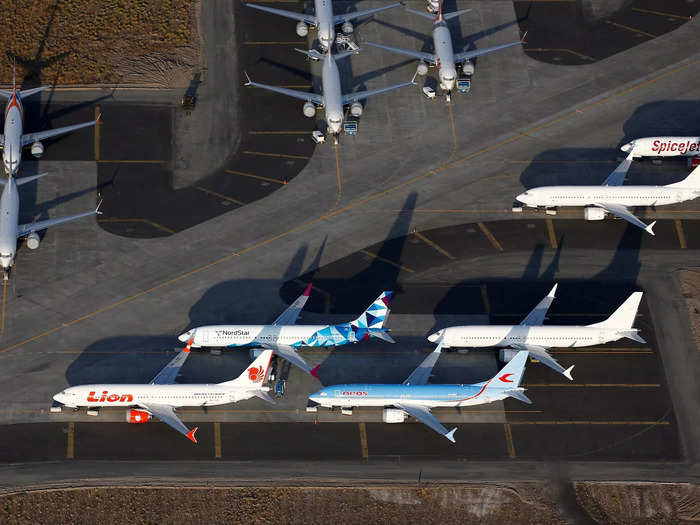
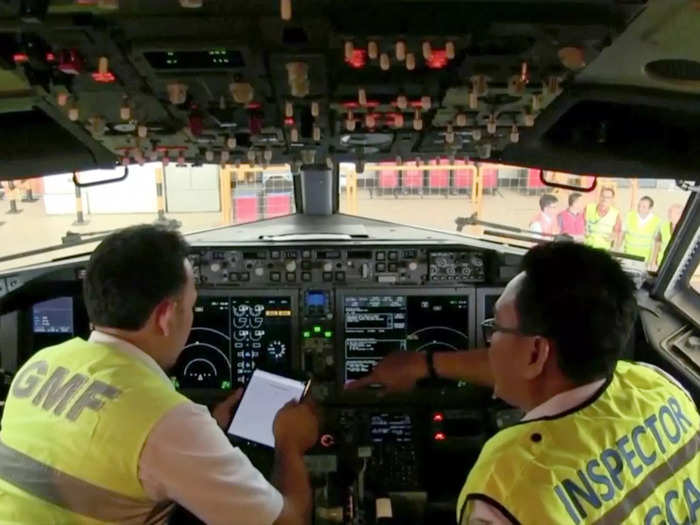
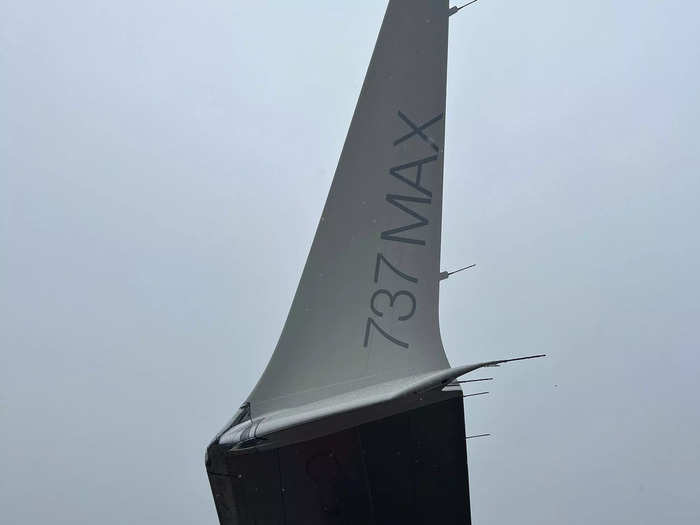
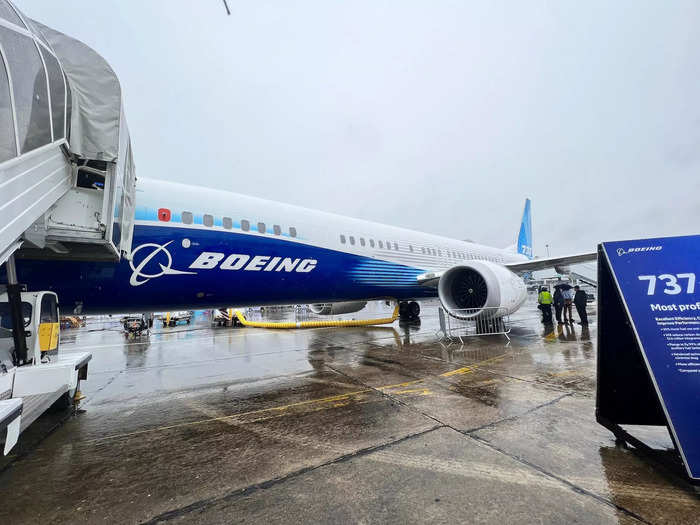
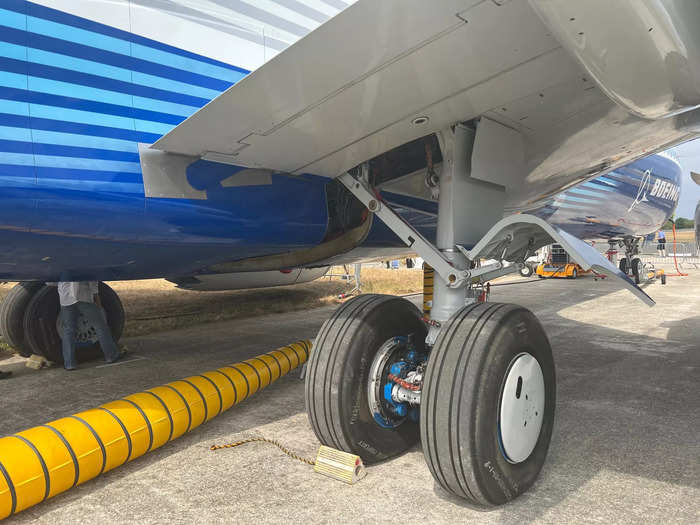
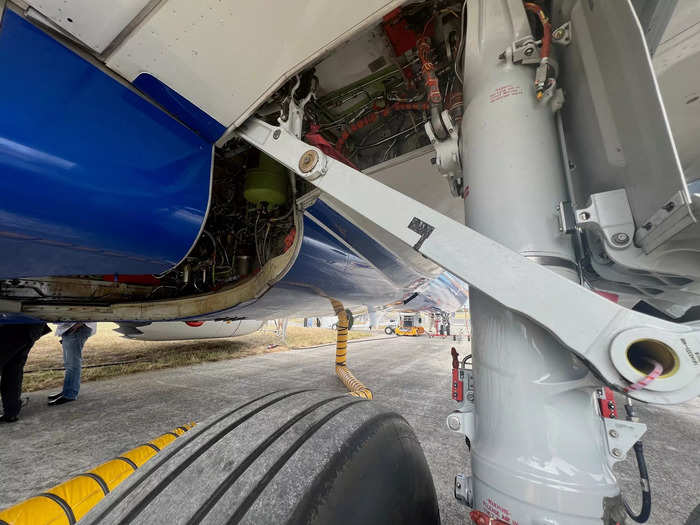
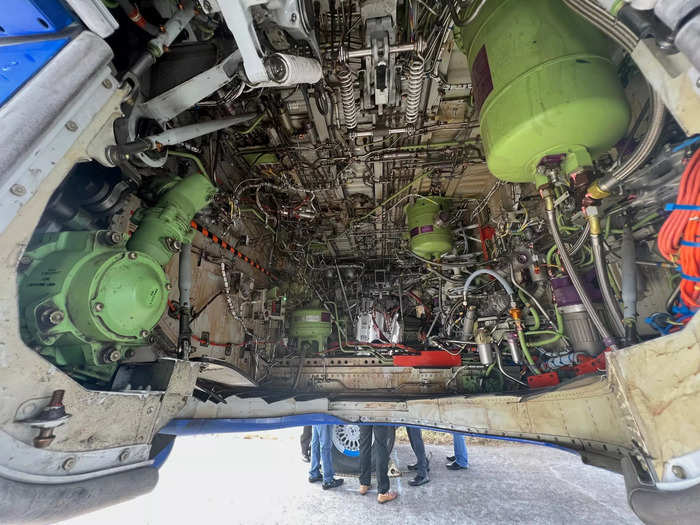
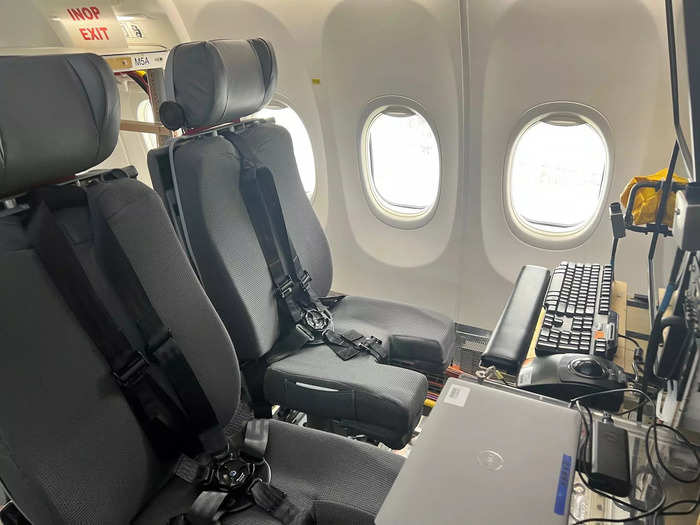
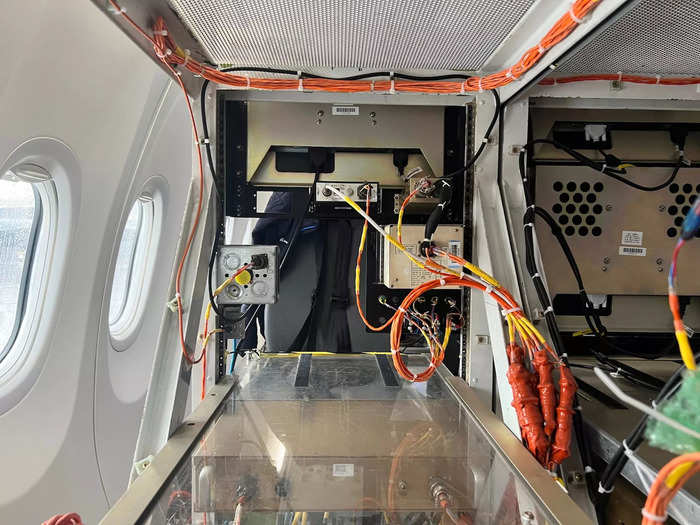
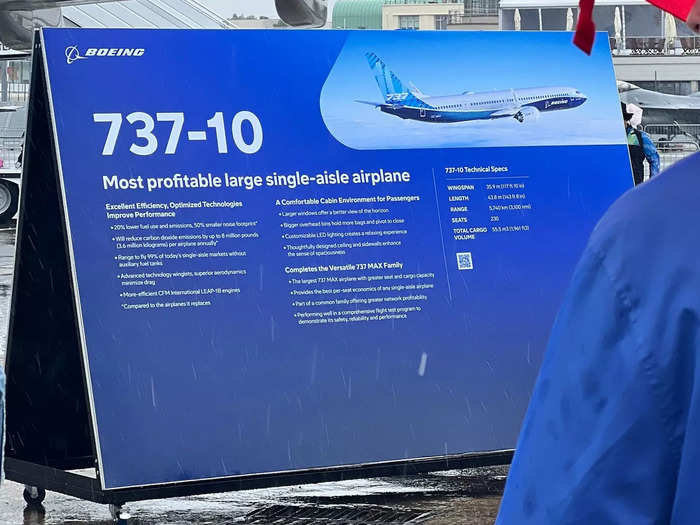
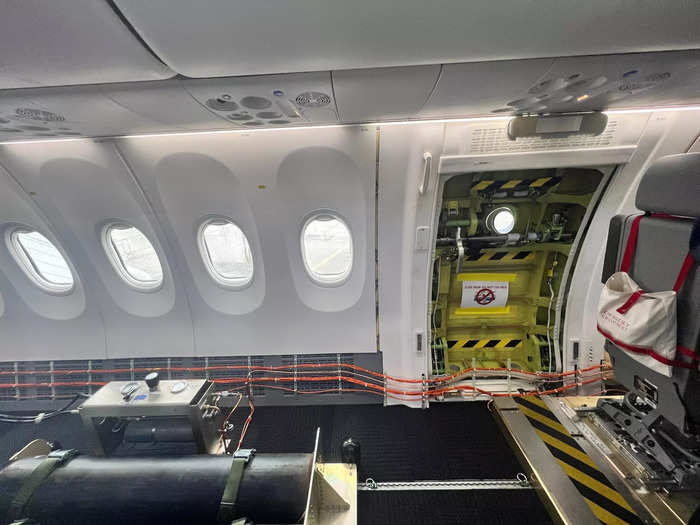
!["There have not really been any considerable technical issues associated with the changes we have made to these airplanes [that] have created schedule problems for us," Fleming told FlightGlobal in June. "It is really just about getting the documentation."](https://staticbiassets.in/thumb/msid-101785452,width-700,height-525,imgsize-211920/quotthere-have-not-really-been-any-considerable-technical-issues-associated-with-the-changes-we-have-made-to-these-airplanes-that-have-created-schedule-problems-for-usquot-fleming-told-flightglobal-in-june-quotit-is-really-just-about-getting-the-documentation-quot.jpg)